Sat, 04 Apr 2015 . Last updated Thu, 25 Jun 2015 09:04

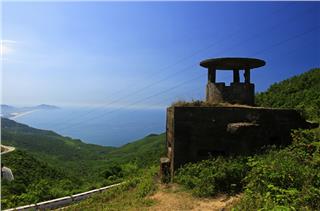
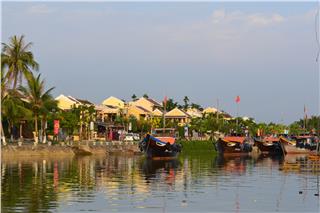
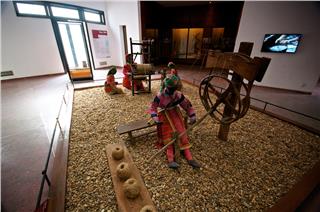
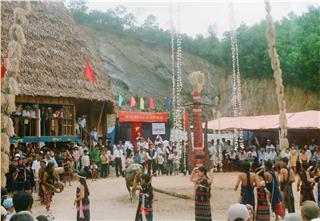

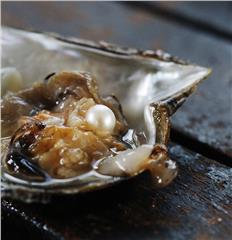

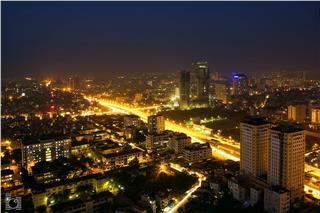
The Perfume Pagoda is a vast complex of Buddhist pagodas and shrines built into the limestone Huong Tich mountains. Every year, during Tet holiday, millions of Buddhists and visitors from different parts of the country flock to the pagoda to admire the mountainous scenery and wish for good luck and happiness. Along with the development of the society, the Perfume pagoda festival has become a big festival. It is annually held on lunar January 6, attracting millions of visitors.
There are many ways to reach the Perfume pagoda, and visitors often choose the two following ways: If they come to the pagoda from Hoan Kiem district or Hoang Mai district, they follow Phap Van – Cau Gie road. When they reach Dong Van, they turn right and then follow a new road until they reach a dike. Then they turn right and follow the dike until they reach Cho Dau. It takes them 1 hour and a half to pass a 70-kilometer road in the night-time and 1 hour and 45 minutes to pass the road in the daytime with a 16-seater car. If their houses are located in Ha Tay or My Dinh, they can follow the Ba La road. And it takes them over 2 hours to reach the pagoda.
Visitors will reach Den Trinh (Presentation shrine) first. They have to reach this place before entering the Buddhist world. And they wish for good luck in the new year. De Trinh, also known as Den Quan Lon, was built to worship one of the generals of a Hung King. A special festival is held on lunar January 6 every year at the shrine. Visitors must visit the shrine before entering the Buddhist world. And they often give offerings here before going to Chua Ngoai and Chua Trong.
When you visit the Perfume pagoda, you will start your visit from Duc wharf on the Yen River. The river is as soft as a band of white silk which connects this world and the Buddhist world. The river water is very clear but no one knows why the wharf is called Duc (Dirty). Maybe the ancients wanted to imply that visitors’ souls are dirty when they begin their journey to the pagoda. If your start out in the early morning, you won’t definitely see the boat and river but will feel as if you are entering the fairyland.
The Perfume pagoda is a vast complex of Buddhist pagodas and shrines built into the limestone Huong Tich mountains. There are many architectural works in the Perfume pagoda complex. And one of the main architectural works is Thien Tru (Heaven Kitchen) pagoda, also known as Chua Ngoai (Outer Pagoda). Thien Tru Pagoda is located not far away from Tro Wharf, from which pilgrims travel on foot to the pagoda. The pagoda’s three-door gate was built on three wide yards paved with bricks. There is a bell tower with three floors in the third yard.
Legend has it that, in the reign of King Le Thanh Tong in the 15th century, in his visit to the South, the king visited this land and named it Thien Tru. Then, three monks came here to lead a religious life. However, until 1687, Monk Tran Dao Vien Quang Chau Nhan came here to lead a religious life and this land was developed into a famous place of interest as it is today.
And this is the gate of the cave on which Lord Trinh Sam wrote the words “Nam Thien De Nhat Dong” (First grade cave of the Southern world) when he came here in 1770. After the Lord, many great Vietnamese poets were impressed by the beauty of the cave. Huong Son is a real wonder we have long wished to see. With the sight of mountains covered with clouds. This is undoubtedly “The most beautiful grotto of all”. Looking up, we see a beautiful picture.
Huong Tich cave is considered the most beautiful cave in the Southern world. Legend has it that Avalokitesvara headed the pagoda located in the cave. Every year, visitors from different places came here to light incense sticks. We will have to pass about 100 stone steps to reach the bottom of the cave from its gate. When we reach the bottom of the cave, we will feel as if we did not have to pass a long way to reach here.
The cave looks like a dragon flanking a pearl. This is where Lord Trinh Sam visited and named “Nam Thien De Nhat Dong”. There are also “Duong len troi” (Path to Heaven) and “Loi xuong am phu” (Path to Hell). “Duong len troi” is a steep side and “Loi xuong am phu” is a crevice. Huong Tich means aromatic seal. It is an aromatic seal which leaves a vivid impression on those who have come here once in their life.
Huong Tich cave looks look like a dragon’s wide mouth. A stalactite named Dun Gao (Rice Stack) which is located near the gate of the cave looks like the dragon’s tongue. There are many stalactites and stalagmites in the cave. They have different shapes and names such as cay bac (Silver Tree), cay vang (Gold Tree), Dun Gao (Rice Stack) and so on. Pilgrims often under one particular stalactite which resembles a breast, to catch drops of water in hopes of being blessed with health from the “milk” of the “breast”. There are many specialties in Huong Son. Nature has bestowed these specialties to the land. They include precious herbs such as shampoo ginger, wild pineapples…which are used to cure many diseases.
Source: VTC10 - NETVIET

 Đặt vé máy bay cho người Việt?
Bấm vào đây
Đặt vé máy bay cho người Việt?
Bấm vào đây
Our service uses cookies for technical, analytical and marketing purposes. See our Cookie và Privacy policies for more information. If you agree to this, just keep browsing.


